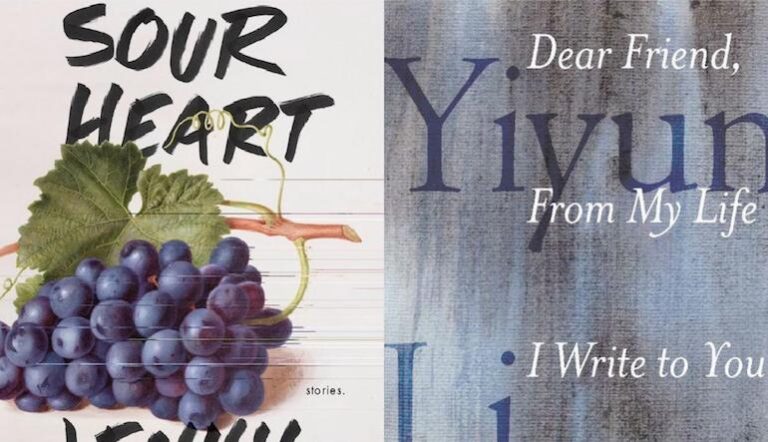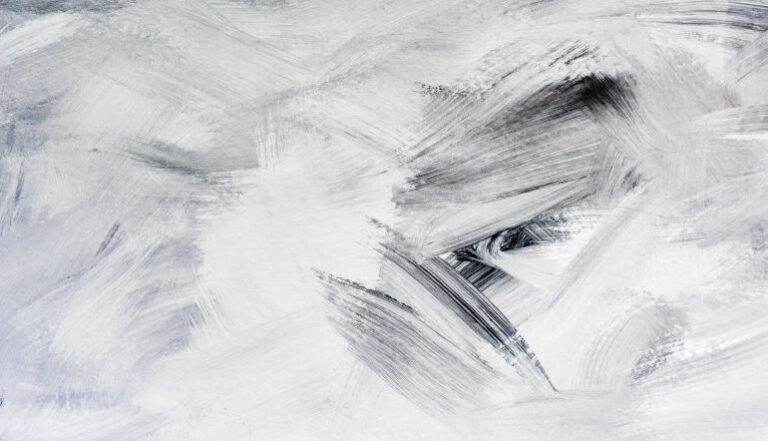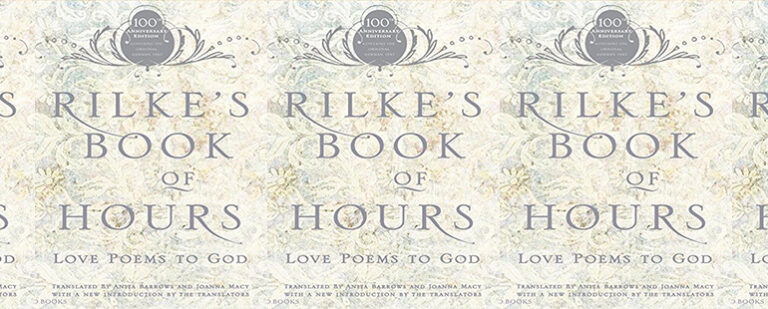Gulfs and Storms
The coastal south can be a dangerous place during hurricane season. Storms bring harsh winds and flooding to the shore. Lives are lost. Last year, in an article for The Guardian entitled “‘This one feels different’: Hurricane Florence can start a new conversation,” Megan Mayhew Bergman wrote, “Hurricanes are an unsentimental force, the ultimate man versus nature narrative. They mark the time in the coastal south, create stories of trauma and resilience, generate lore. You grow up waiting for them, stomaching a low-level anxiety that flares up in September. In 2018, this anxiety is worse than ever. Perhaps it should be.” When Mayhew Bergman’s story was published, I was in the car on my way home after evacuating for the storm. My house is three blocks from the ocean in South Carolina. Every time we have to leave—dog, cat, spouse, kids, and valuables all packed into the car—I wonder what kind of home we’ll return to. Living on the coast can make you feel like you live in a constant state of upheaval.
Belle Boggs’ new novel, The Gulf, is set outside of Sarasota, on the Gulf of Mexico. The fragile Florida coast provides a backdrop for Boggs—she uses two hurricanes to bookend her story. Her main character, the poet Marianne Stuart, has just moved into the Genesis Inspirational Writing Ranch as its director when she’s surprised at the grocery store to learn that a hurricane might be headed her way. She gets the same provisions she sees another woman getting: peanut butter, Wonderbread, and a flat of bottled water. The storm is minor and nothing much comes of it, but beginning the novel in this way signifies that the reader should anticipate more. As in any good novel, there’s more than one type of storm brewing.
And there’s more than one type of gulf, too. The presence in the narrative of the Gulf of Mexico parallels an exploration of the other gulfs that threaten us: between politics and art, art and money, and between people of different beliefs. The timing of the novel—it’s set around 2011 and 2012—allows it to remark upon current politics without directly involving itself in them. Marianne livestreams the Occupy protests and is alarmed by Tea Party rhetoric. Her own writing project is a collection of poems called The Ugly Bear List—which is a shit list of sorts. Who’s on Marianne’s shit list?
“Climate change deniers, racists and gun nuts and abortion foes. The NRA as a whole. Big Tobacco. Republican legislators back home who sold out the coast, stingy school board members who wouldn’t take government money for a free school breakfast program, members of her own extended family who still loved that spunky former governor from Alaska.”
Marianne’s younger sister, an Evangelical Conservative, tells Marianne: “That’s the problem with people like you, you don’t believe in anything… Not God. Not God’s love. Not even love.”
And yet, she’s been put in charge of a writing program aimed at Christians looking to improve their craft. Eric, Marianne’s ex-fiancé, is a novelist who is having a hard time writing his second book; he talks her into operating Genesis Ranch, which isn’t an MFA exactly, but offers a certificate and follows the low-residency model. It’s basically a for-profit college where most of the students are likely to be on her Ugly Bear List.
It’s true that other than literature, Marianne doesn’t believe in much. Until students actually show up at the Ranch. Until she reads their work:
“When I read the applications, everyone was on my list. But there was so much of it, I started sorting it, and some of the pieces, they stood out. They weren’t good, maybe, not in the sense that you could publish them—”
Marianne tells Eric as they walk on the beach at the beginning of the session. He responds, “But they were interesting.” Marianne first connects to the people on her shit list through their art. And once that happens, she can’t hate them anymore.
These students—a preacher’s wife writing about her miscarriages, a man writing a futuristic “fantasy” novel implying Obama is the Antichrist, a bourbon-drinking alcoholic addicted to workshop—are serious about their writing. The most developed of these characters, Janine, is a home economics teacher who on the surface seems like someone most literary types would scorn. Janine sometimes thinks her poems come from God. Her beliefs are simple, yet problematic. She thinks parents should take responsibility in raising their children, which doesn’t seem so bad, until you realize she doesn’t think the school system should provide meals. But she’s earnest and willing to listen to other points of view. She isn’t married to her beliefs—not her political beliefs anyway. Her husband, Rick, however, feels differently. He listens to conservative talk radio and watches Fox News. He’s confused by his wife’s newfound fervor for poetry.
Boggs’s humor works well in Janine’s sections, helping to make her likable despite her political beliefs. When Janine gives Rick her poems to read for the first time, Rick
“handled them reverently, then excused himself for his morning BM. After spending an entire hour with them, in the bathroom, he confessed that he did not understand the new language she was speaking, but he believed whatever it was must be coming from God.”
(Most of Janine’s poems, by the way, are from the point of view of Terri Schiavo as she’s lying in bed in a vegetative state starving to death. Terri Schiavo’s situation isn’t politics to Janine. It’s mercy. Though, of course, the same can be said for those on the other side of the argument who wanted to end her suffering.)
Just when Marianne begins to care for Janine and to believe that the Ranch is doing important work helping writers improve their work, Eric tells her that the school is in the red. He and his brother, a stockbroker in charge of money matters, bring in an outside investor to finance the school. Eric calls it a “faith-based organization involved in education and outreach,” but it’s really a shady for-profit educational conglomerate with ties to extreme right-wing politics. Copy paper and water bottles at Genesis Ranch now have the God’s World God’s Word (GWGW) logo on it: a globe with a cross sticking up at the North Pole, North America darkened by its shadow. Two men and a woman show up in polo shirts with the same logo to look around the school and make suggestions. They leave shirts for faculty and staff of the Ranch to wear. Next, the logo pops up on Marianne’s paychecks. As the school becomes more and more dependent on GWGW, Marianne finds out more about what they do. It’s the type of company that should show up at the top of her Ugly Bear List. But when protesters show up outside the school, protesters Marianne agrees with, she’s stuck defending the school and its relationship with God’s World God’s Word.
Eric’s complicity in knowingly allowing the company to take on more responsibility in running the school creates a new gulf in the novel—between him and Marianne. The reader hopes, in the beginning, that the couple will work out their differences. As GWGW starts offering webinars on marketing and “selling” one’s work and oneself, he and Marianne disagree about its benefit. Eric, whose first novel sold few copies, defends the company’s idea to teach students “how” to write bestsellers. “Ha-ha-ha-ha! Best sellers! The nerve!’” he says, thinking of his own novel’s failure. “That doesn’t sound like knowledge that’s going to hurt anyone.” Other faculty members are also uncomfortable with the focus on marketing and publishing, until they receive their bonus checks and flight upgrades to business class. As Marianne becomes convinced that GWGW is taking advantage of its students, she feels that Genesis Ranch should break with the organization. But Eric disagrees, spending more and more time with Regina Somers, an attractive God’s World God’s Word representative obsessed with spreadsheets and turning challenges into “opportunities.” Marianne is shocked when Eric starts parroting Regina’s lines and becomes the ghostwriter for one of the Ranch’s students. Eric’s allegiance to the company adds another complication to the plot, endangering his relationship with Marianne and their future together.
Eric and Marianne represent two sides of an argument writers discuss a lot: what does art have to do with money? And maybe more importantly, what role does art play in politics? In the novel, Janine is struck by a poem her workshop teacher, a poet who won many prizes in the seventies, asks each of her students to recite: “Poetry as Insurgent Art [I am signaling you through the flames]” by Lawrence Ferlinghetti. Janine doesn’t know the poet—made famous in 1957 when he was sued for obscenity after publishing Allen Ginsberg’s Howl—and she’s uncomfortable with the poem at first. It’s too violent and “simple,” and “at the same time confusing.” But the more she reads it, the more she feels it. She repeats lines from the poem to herself throughout the novel, especially during moments of strong emotion or doubt: “I am signaling you through the flames” and “You can conquer the conquerors with words…” The possibility of poetry saving society seems real to both Janine and Marianne, even though their ideas of salvation are often in opposition. Marianne acts like the poem is a cliché, reciting lines back to Janine ironically, but she doesn’t have to say she believes it. She lives it. After all, her poetry isn’t so different from Janine’s in that it is both personal and political.
And yet, words are meaningful in different ways to each woman. Marianne finds meaning in words themselves. She writes and reads for the sake of writing and reading, for the sake of the beauty of literature. On the other hand, words seem to matter to Janine because she is able to connect them to the meaning she already feels in her life and relationships with God, Rick, and her daughters. But Janine is missing something, too. Until Genesis Ranch, she has no one in her life to share her art with, no one that understands it. When she finds out that Eric is Marianne’s first reader, you can tell Janine is a little jealous. She’s probably thinking of her husband taking her poems into the toilet with him.
It is impossible not to think of storms and hurricanes if you live near the coast in the South. Half the pier in my neighborhood is still missing from Hurricane Matthew, though the city has finally cut off the ugly, jagged parts that stuck out into the ocean. There are empty spots in my yard where trees were uprooted from Florence. My porch stairs are uneven by half an inch, caused from the thousand-year flood in 2015. These storms change the daily landscape, along with the landscape that lives in memory. And if you are an artist or liberal—these qualities seem to cohabitate—living in the South, it is impossible not to think about cultural gulfs. It is impossible not to know Janines and Ricks.
In South Carolina, I’m surrounded by them. After Hurricane Florence, schools were closed for three weeks. Also happening during this time were the Kavanaugh hearings. When I hear his name, I always think of Christine Blasey Ford first, then I think of the flooding. A week after Florence flooded Wilmington, the rivers in my county were overflowing. The Janines and Ricks of the world enraged me. I saw and heard them everywhere defending Kavanaugh—at the grocery store, the coffee shop, on my morning walks to the pier. And yet, despite their appalling political beliefs, Janines and Ricks got to work, filling sand bags and giving them out to anyone in the community who needed them to protect their property from flooding. They went door-to-door collecting items needed by evacuation shelters: toothpaste, combs, deodorant, and cat litter. They got in their fishing boats and headed into flooded neighborhoods to rescue people. Like Marianne, I wanted to hate them for the awful things they believed, but it was hard when I saw them doing so much good. The Gulf reminds us that it’s okay to let ourselves feel for other people, even when we disagree—that in fact, feeling for one another may be the only way to get past these gulfs. The book offers readers a complicated set of questions, and thankfully doesn’t try to answer them all, but instead focuses on the relationships between its characters. Marianne and Janine believe in different things, and probably always will, but they weather the storms in the novel together.


